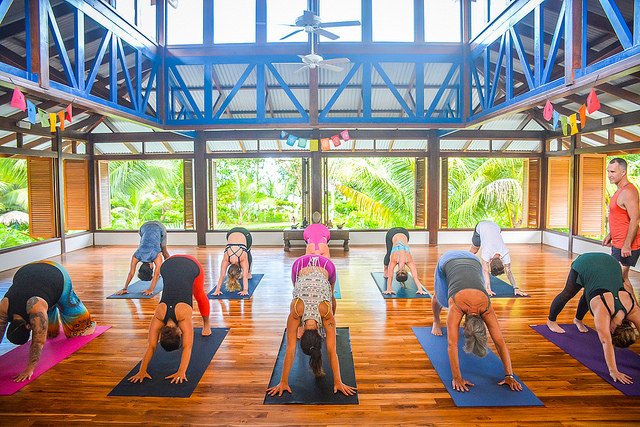Remember that game you used to play as a kid called 20 questions? Well, this is kind of like that, only you’re not a kid anymore! If you’re deciding on a yoga school for your 300-hour yoga teacher training, you want to ask some very important questions to make sure that your school aligns with your purpose as a teacher and a yogi, and that you’re getting your money’s worth. Not to mention, you want to be sure you are personally ready to take this big step toward becoming the best teacher, entrepreneur and leader you can be.
It’s a big investment and a big commitment to do an advanced teacher training, so you want to choose wisely! Here are 10-plus things you’ll want to know about yourself and the school you choose:
10+ Questions To Ask Before Investing In A 300-Hour Yoga Teacher Training
How’s my personal practice?
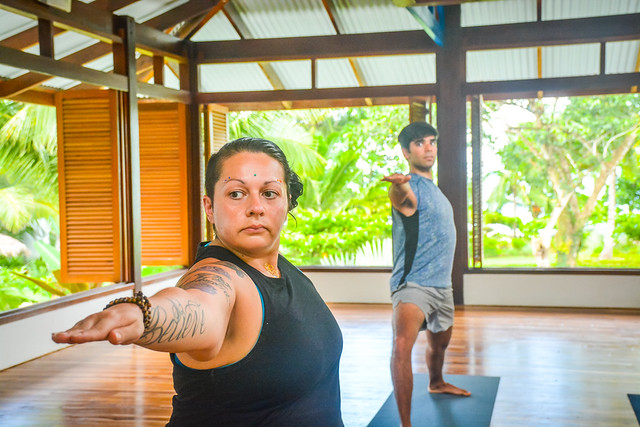
Odds are, if you’re considering a 300-hour yoga teacher training, one of 2 things is true:
1) You have a solid personal practice and want to add more depth and knowledge to it, or
2) Your personal practice is not exactly where you want it to be and you want to refocus and re-inspire yourself.
Whichever is the case, the training you choose should make you feel refreshed, excited and motivated. Take a look at the curriculum and make sure it does!
What’s my yogic style? Who are some teachers that inspire me?
Take some time to research the lead teachers for the programs you’re looking at. What yogic disciplines do they focus on? What style of yoga is their main focus? If your favorite classes to teach are hot power classes, you most likely don’t want to take a 300-hour yoga teacher training that’s more deep stretch or restorative-focused. Know yourself and where you want to take your practice and your own curriculum.
Are my resources lining up?
And we’re not just talking time and money, here. Of course, since you’ve been through a 200-hour yoga teacher training, you know what kind of time and funding you need. But do you have the mental resources? Are you ready to become a student again, really go deep, and do the work? If the answer is an enthusiastic, “Yes, absolutely!” then go for it! If you’re not 100% sure, it might be best to wait a while until you’re in a better mindset.
How is my emotional and physical health?
Speaking of resources, your emotional and physical gumption should be up to snuff going into a 300-hour yoga teacher training as well. If you’re experiencing a major life change or dealing with health issues, you may want to do some self-care before undergoing such an intense commitment. You just want to make sure that you have the least number of distractions so you are sure to finish your training and finish it well. This is your career, after all!
What is my intention?
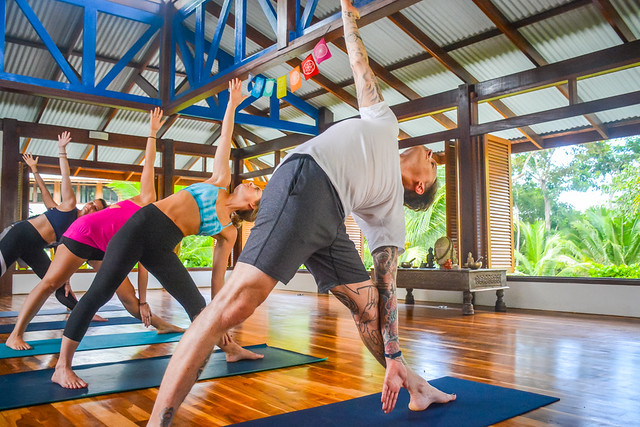
Are you considering a 300-hour yoga teacher training in order to become a better, more well-rounded teacher? Or do your motivations lie more strongly with improving your personal practice? It’s likely a little bit of both, but if you’re leaning one way or the other, take a close look at the curriculum of the schools you’re considering, ask plenty of questions, and make sure you’ll be getting exactly what you want from your training.
Is the program well-respected?
Spend some time reading reviews online. Do your research and make sure the school you pick is respected within the yoga community as well as the local area surrounding it. You want to be sure that your school is committed to its students and that it has a peaceful, collaborative relationship with its neighborhood and not just doing what they do to turn a profit. You’re a genuine person seeking your heart’s path, and so too should your school be!
Is it YA affiliated?
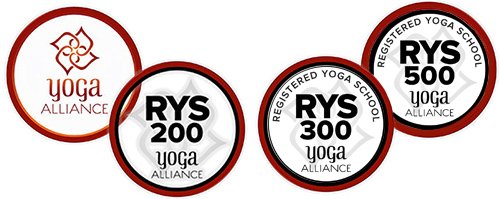
It’s important that the school you pick is accredited with the Yoga Alliance so you can continue to be registered with them. It’s an invaluable asset to be listed in their directory and make use of all the resources they have to offer. It’s easy to use this page to find out whether the schools you’re considering are affiliated.
Are there requirements or prerequisites for the program?
Obviously, in order to qualify for a 300-hour yoga teacher training, you must have already completed your 200-hour training first. However, make sure you do enough research into the schools you’re looking at. Some of them require you to have completed your first piece of training with their specific school or one that’s closely affiliated with theirs. Others only require that your first school was YA affiliated.
Is the price fair and transparent? Are there any hidden fees?
Be smart and do your financial research as well. Make sure you’re getting your money’s worth, and that there won’t be any surprises when you get to your training. Especially if you’re looking at a fully immersive experience like we offer here at Blue Osa, check it out and see what’s included in your tuition and what isn’t. It’s likely that things like room and board will be included, but flights and free day activities aren’t. Know before you go!
Is there a maximum number of trainees in the program?
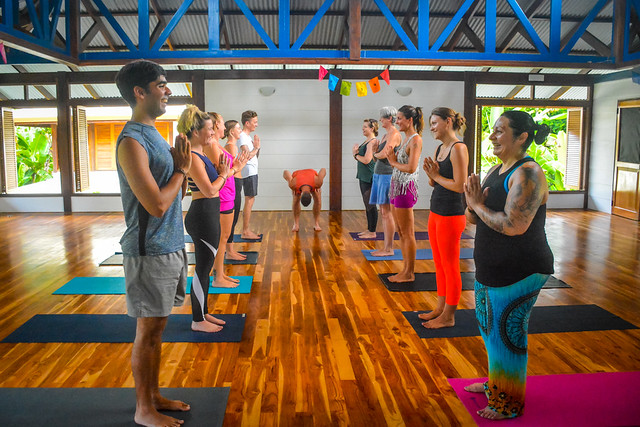
Teacher to student ratio is important. The school you choose should be aware of this so that each yogi gets enough individual attention. You want your experience to be thorough and supportive. This is your journey!
Where are the former students now? Is feedback available from them?
Alumni can be one of the best resources you have when considering school for your 300-hour yoga teacher training. Reading about others’ experiences or being able to talk to them directly can make it much easier to see if a school aligns with your purpose and intention or not. Don’t be afraid to ask!
How experienced are the lead teachers? Who are they?
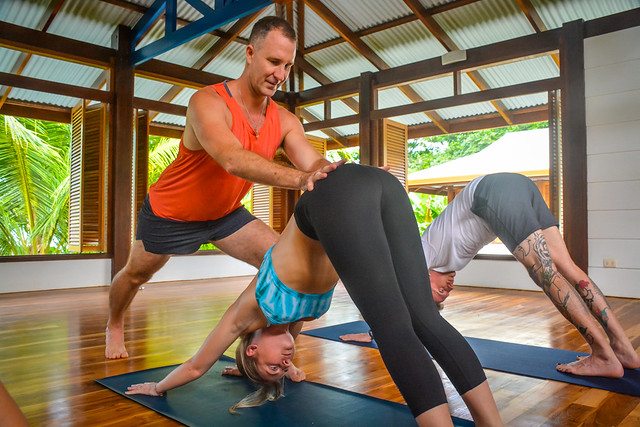
Do a little digging to find out who your teachers are, how long they’ve been teaching, how long they’ve been training other teachers, and a bit of their backstory and what led them to yoga in the first place. This is the only way to be sure you end up with the best possible leader for you personally.
Does the program offer ongoing support and reasonable access to senior teachers?
A big part of being a yoga teacher is the community of yogis you get to be included in. Choosing a place like Blue Osa for your 300-hour yoga teacher training will automatically guarantee that you’ll make lifelong connections with your fellow students and your teachers. You’ll have support and collaboration with them for years to come!
How many hours are spent on each piece of the training?
When shopping around, the school you choose should be able to offer you full details on exactly what content is in the curriculum and how much of the 300 hours will be spent learning what. Depending on what you’re looking for, your 300-hour teacher training should be focused in the areas you want to become stronger in as a teacher and a yogi.
What’s the environment like? Is it conducive to deep study?
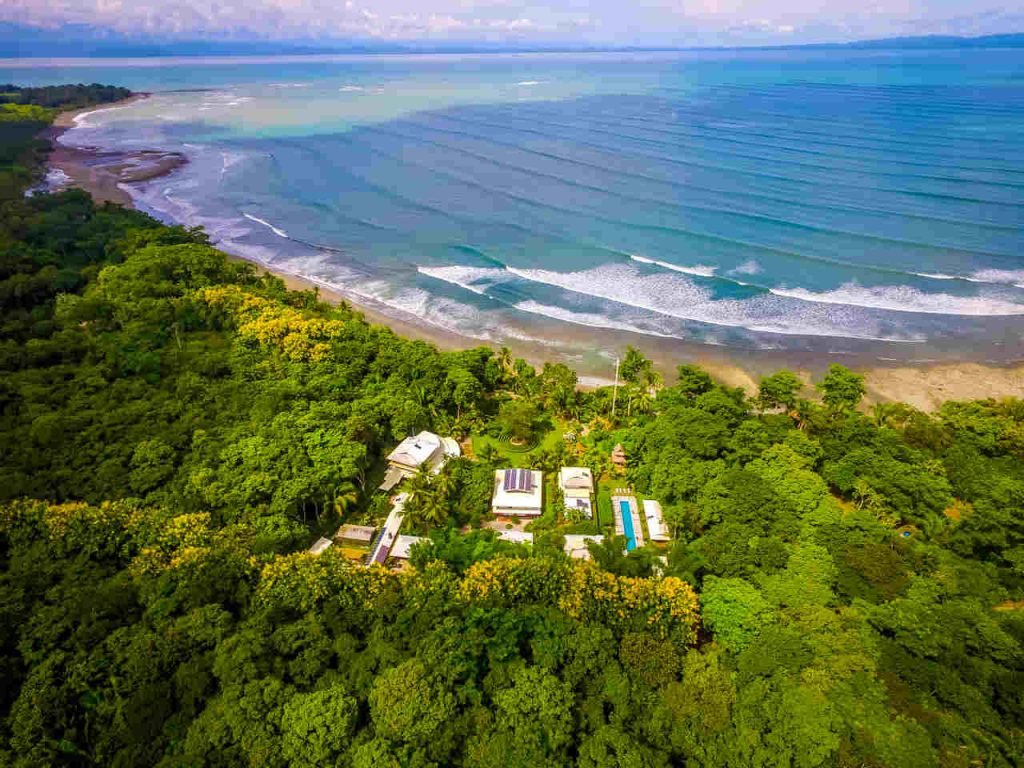
If possible, visit your place of study before you invest in it to see what it’s like to actually be there. You’ll be spending lots of time here (300 hours, to be exact!), so you want to be sure you vibe with your surroundings. If an in-person tour is not available, do as much sleuthing as possible. Look at pictures and see if there’s a virtual tour. Read their back story. Read reviews of guests and students. Read a blog if they have one. The more thorough you are, the better you can feel about your investment of time, money and self.
Will it align with the way I like to learn?
Some schools offer an immersive two week to one month experience, but other schools may offer smaller, module-style trainings that allow you to piece together workshop-type sessions to work up to your 500-hour certification. You know yourself best- pick the approach that will work best with the way you learn, and according to the time and financial resources you have available to you.
Will I receive a thorough grounding in all aspects related to yoga and a yogic lifestyle?
Your 300-hour yoga teacher training should be well-rounded so it helps you become more well-rounded also. An advanced training should give you a lot of knowledge in many different forms. You’ll want to be exposed to teachings on anatomy, meditation, asana, pranayama, history and origins of yoga and the 8 limbs, ethics, leadership, lifestyle, and business. Yoga is a many-faceted and ever-changing entity, and so are you. Make sure your training is just as deep and diverse as you want your practice to be.
It can be quite an undertaking deciding where to put your money, time, and heart during your 300-hour yoga teacher training. We hope this list helps you ask the right questions so you land at a place that feels like home to you. Do your research and follow your heart, and you are sure to end up exactly where the Universe wants you to be!
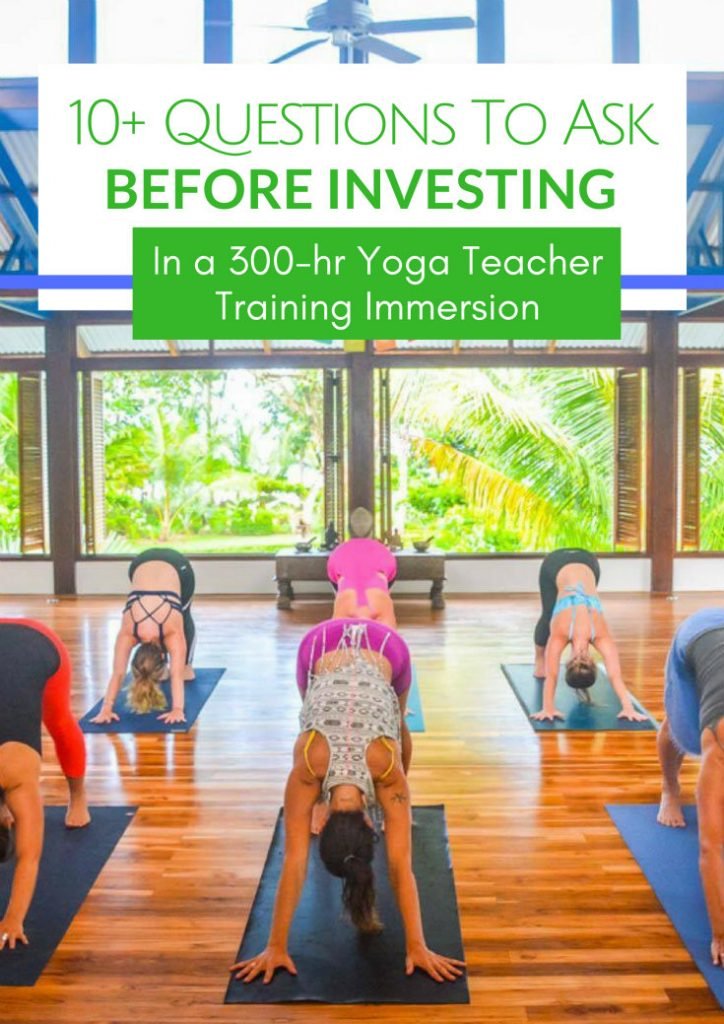
About the author:

Casey Siemasko is a content marketing consultant, travel blogger, and wandering yogi. An entrepreneur at heart, she is the co-founder of the award-winning travel blog A Cruising Couple. Besides yoga and travel, she enjoys wine tastings, being outdoors and taking on new hobbies. Follow Casey on LinkedIn and Google+.
Follow Casey:


